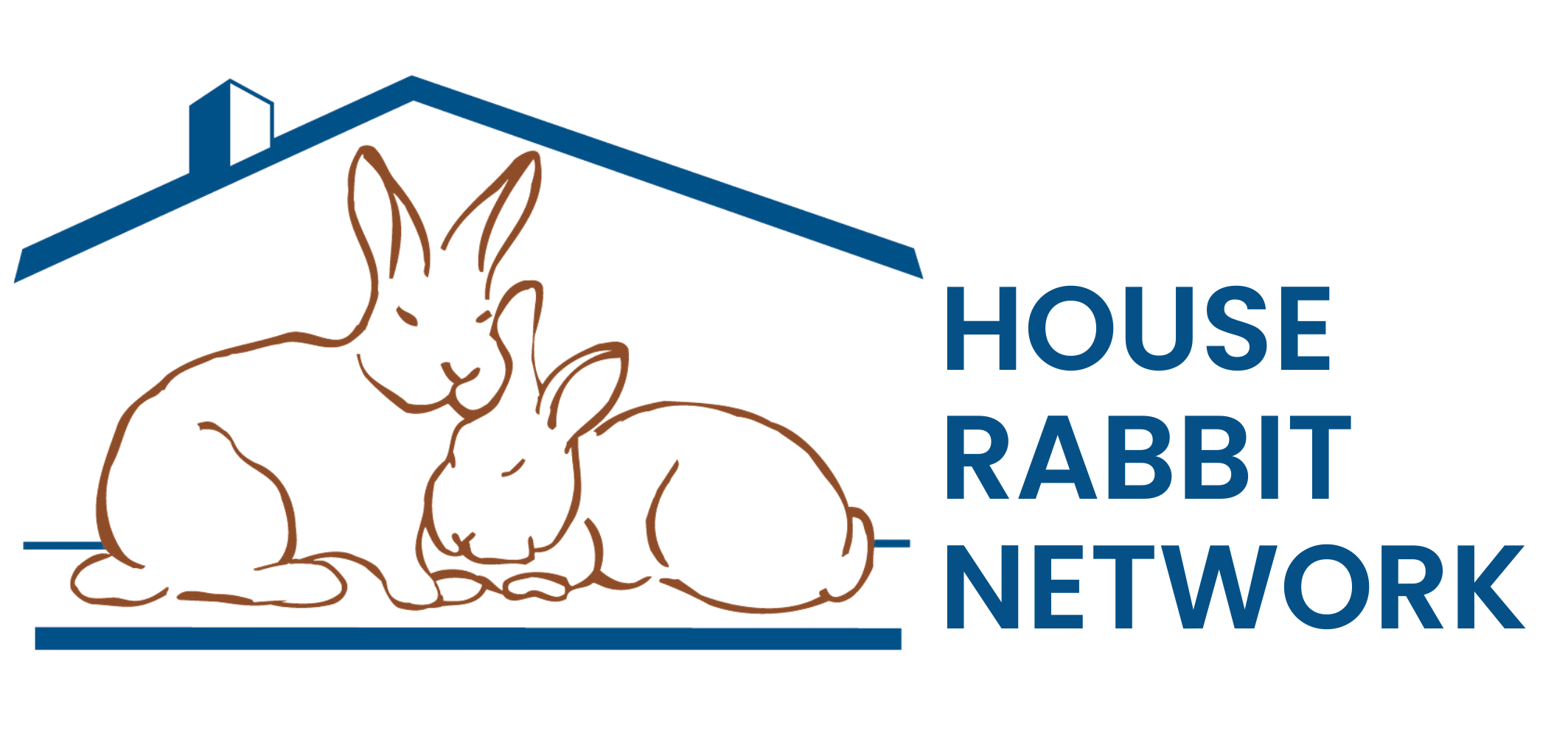What to Do When Bunny Foo Won’t Chew
Rabbits use their teeth during all essential activities including biting and chewing, grooming, marking or rearranging territory, and showing frustration, pain or pleasure. Thus, if something goes wrong with these tools, serious problems arise, and a bunny will have a difficult time following its most basic survival instincts.
One common problem rabbits experience with their teeth is malocclusion. Malocclusion is a condition in which the upper and lower sets of teeth do not meet and wear down in a correct fashion. To understand the effects of malocclussion, one needs first to understand your rabbit’s dental make-up.
Rabbits are hypsodonts, which means they have open-rooted teeth that grow continuously throughout their lives. It is said that the upper and lower incisors, the four visible teeth depicted in just about every cartoon rendition of a rabbit, may grow an average of four and five inches per year, respectively. Cheek teeth, or molars (those smaller teeth located towards the back of the mouth), also experience significant growth. Incisors are used for grabbing and cutting; molars grind food into a manageable size for swallowing. (Rabbits also have a set of peg teeth located just behind the upper incisors). Upper and lower teeth are meant to align perfectly, and are kept at a natural length through daily activity (such as eating), which also promotes the wearing of teeth against each other. It is when the upper and lower sets are maloccluded, or do not line-up to meet on the bite, that necessary wear does not occur and the overgrowth of teeth causes devastating complications.
Malocclusion has been attributed to a number of factors: genetics (hereditary cases are usually identified in the first 6 months of age), injury or trauma, infections, diet and nutrition, and old age, which is often accompanied by changes in dental structure. Though the distinct cause may not be determined in each individual case, the effects are usually similar across cases. Incisors can grow out of the mouth, like tusks, or curl back into the mouth; both effects make eating impossible. Lower cheek teeth can grow towards the tongue, while upper cheek teeth overgrow to the side and into the cheek. The molars develop sharp points, or spurs, which cause painful cuts on the tongue and cheek, further deterring any oral activity.
Some common early signs of malocclussion in rabbits include: picking up food with excitement but dropping it without chewing, changes in preferences of food (favoring softer foods), loss of appetite altogether, drooling, runny eyes, bad breath, painful swelling along the jawline or under the chin (check for this), or reclusive behavior. Unfortunately, offering a stick or a piece of wood to chew will not improve the situation. Therefore, if your rabbit experiences any of the above signs, a veterinarian should be consulted right away.
Different treatments exist to handle maloccluded incisors and molars. Vets use special bone-cutting instruments to file and grind down sharp molar spurs. Since cheek teeth are far back in the mouth and generally unreachable, this treatment requires that the rabbit go under a light anesthesia. However, the procedure lasts only a few minutes, and the rabbit will be back to eating normally in just a few days. For incisors, a vet may recommend the regular clipping of the teeth. A Dremel tool should be used for this procedure, and a vet can teach the rabbit-parent how to do this. However, it must be done on a regular basis (every 4-6 weeks) and can be quite stressful for both rabbit and human. An alternative is the surgical removal of the incisors. Be sure that a rabbit-savvy vet is conducting the procedure, as it is riskier. The rabbit may be on pain medication for up to 10 days after the procedure and by day 3 can be eating about 75-100 percent of the normal intake prior to surgery and incisor problems. Rabbits appear to adapt readily to this extraction procedure, and usually have no trouble eating hay and pellets. Rabbit parents can help by chopping up fresh food into smaller bite-size pieces.
Rabbits’ teeth are an extremely important part of their anatomy, and should be checked regularly by bunny-parents and vets during check-ups. Recognizing and responding quickly to the signs of malocclussion will ensure a better handle on a very dangerous condition, and will increase the likelihood of a positive outcome. Keeping our rabbits healthy is the first step towards many more years of happiness together.
©2002 – Tania Castaneda
